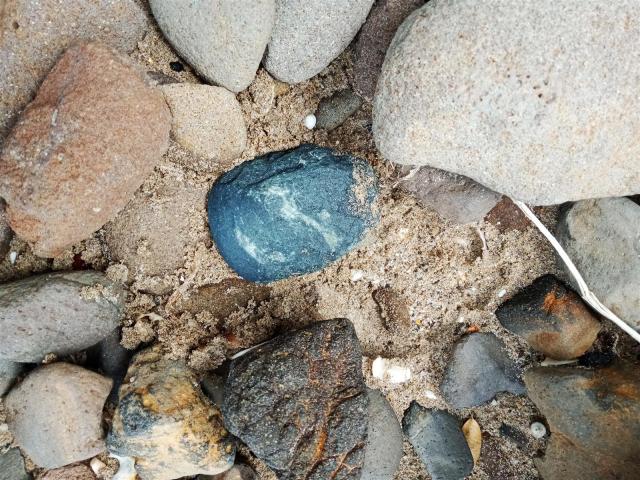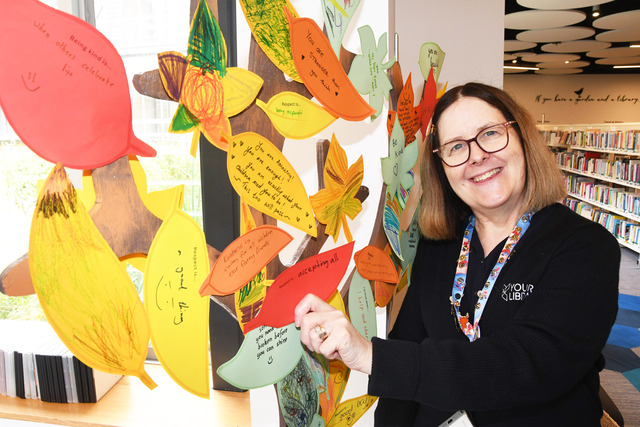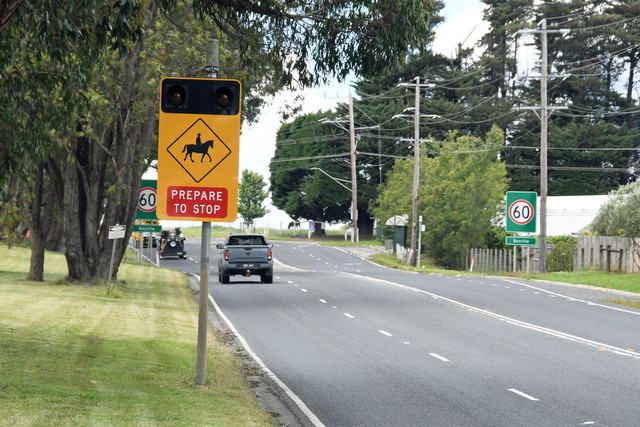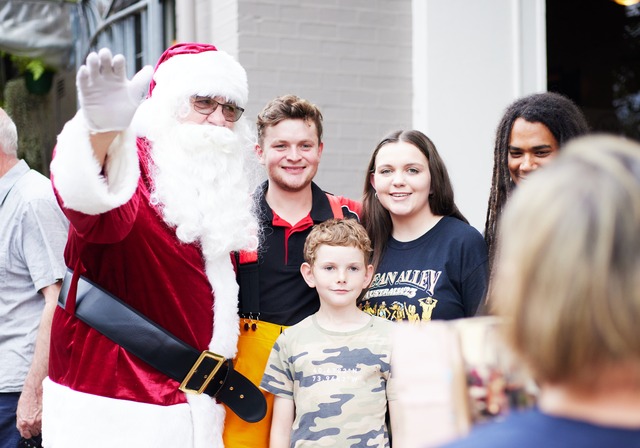CFA actively encourages a proactive approach to protect heritage values, whether they are of Indigenous or non-Indigenous (historic) heritage:
They include cultural heritage values advisers in incident management teams (IMT) and cultural heritage awareness information in the annual regional preseason incident management team briefings.
Joint fuel management program plans as part of CFA’s vegetation management program include thorough heritage values assessments for each treatment.
Cultural Heritage Adviser Michael Sherwen said that in CFA, as in emergency services more broadly, we do our best to make sure our people on the ground have the best information at hand.
“But we always ask our people in the field to keep their eyes open to the possibility of new finds. For example, after the 2020 Budj Bim fires near Heywood, the leaf litter layer was burnt off and revealed previously unknown ancient stone eel traps and stone house sites,” he said.
The annual program of vegetation management activities across Victoria includes a range of different treatments. Fuel reduction burning along roadsides, some reserves and private land is the main method of fuel management CFA undertake, usually in spring or autumn.
Increasingly, the CFA supports Traditional Owner groups to carry out cultural burning, which can also help reduce local fire risk.
Other methods they use to reduce fire risk include non-burn fuel treatments, mechanical treatments such as mulching or slashing of weedy vegetation, and sometimes biological treatments such as grazing animals to remove and lower grassy fuels.
Each treatment option has a different level of risk to identified heritage values present within the landscape. To reduce potential damage to any known or recorded values at a site, whether Indigenous or historic origin, steps are taken to identify and protect those identified values.
CFA’s cultural heritage adviser reviews every fuel treatment nominated in the Joint Fuel Management program to identify any recorded Indigenous or historic heritage values. If a recorded value does exist, a suitable way is found to protect the value identified.
Heritage values vary greatly, from the conspicuous and obvious to the indiscernible and intangible. The identified value may be a living or dead tree with a shield, coolamon or canoe tree, or even climbing toe holds cut to make possum hunting easier. Or it could be a large, fire-hollowed veteran tree.
“Another example was at Ruffy after a wildfire. During site rehabilitation works CFA members noticed grooves in rocks,” said Mr Sherwen.
“Later inspections by Traditional Owners confirmed they were previously unknown axe-grinding grooves, and nearby they found birthing trees and other artefacts. More of our heritage is always being revealed,” he said.
Certain areas are known to hold burial mounds, ceremonial sites (such as Corroboree rings), stone formations or birthing sites. People may also find axe heads (see the main photo of an axe head in situ).
Areas where flood plains occur in riverine environments, such as along major river systems including associated wetlands and billabongs, are likely to have numerous cooking mounds throughout.
In the Budj Bim World Heritage Landscape in south-west Victoria, an entire landscape is identified as having a “living cultural connection”.
The recognised value may also relate to the heritage gates of a parkland reserve, mining, historic bridges, or an Avenue of Honour viewed as a local or regional landmark and icon.
Ways to protect a particular value will depend on the physical nature of the identified value, the fuel types and the proposed fuel treatment. Mitigation measures are developed in consultation with the person who has nominated the treatment, usually the district’s vegetation management officer, and may be as simple as excluding a section from treatment if there is a need to do so.
Victoria’s heritage belongs to everyone, just as it belongs to generations who will come after us. The CFA must carry out our activities ensuring the legacies of heritage left to us are safeguarded.







